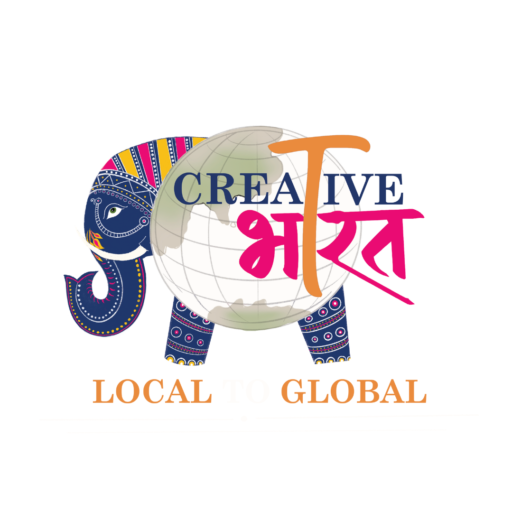Auto component industry seeks national strategy on critical materials amid rare magnet shortage

Facing potential production losses due to a shortage of rare earth magnets, the auto component industry body ACMA on Tuesday sought a national strategy on critical materials to secure electric vehicle production in the country.
Terming the rare earth magnet shortage a major concern, Automotive Component Manufacturers Association of India (ACMA) President Shradha Suri Marwah said that the industry is agile and has started to work on alternative solutions.
She noted that the industry will have to become self-reliant to avoid the current situation where the sector is staring at a potential crisis with China putting a lid on the export of rare earth magnets.
“The limited availability of rare earth magnets remains a concern, underscoring the need for a national strategy on critical materials to secure the future of EV and mobility manufacturing in India,” she stated.
Marwah stated that there are long-term solutions, but in the immediate there are some challenges which the industry is ‘trying to work around’.
The domestic auto industry is forced to take steps as the Chinese government has put restrictions since April 4 this year on the export of rare earth elements and related magnets.
China has mandated special export licences for seven rare earth elements and related magnets.
The country controls over 90 per cent of the global processing capacity for magnets, used across sectors, including automobiles, home appliances and clean energy.
Since April this year, there has been no import of rare earth magnets into India.
“There are some issues that we are facing right now with China holding back on them (rare earth magnet licenses). People have stocks of the commodity; it’s a low-cost item, but an important item. So till stocks are there, things are looking good,” Marwah said.
ACMA Director General Vinnie Mehta said that since April, there has been no import of rare earth magnets, and the situation can last as long as companies have the inventories.
“And again, the inventories are not infinite,” he added.
Elaborating further, Marwah noted that the industry has started to work on alternative solutions.
“We are very clear that in the long run, we will have a solution to this, because India has the raw material. We just need to process technology, we’ll be able to do it. So, there’s a lot of work that’s happening and we’re hopeful that, you know, it won’t be as bad as it seems right now,” she said.
Mehta noted that being self-reliant is the only option left with the industry. “So that is where we have to focus all our energies on. And honestly, this is a wake-up call. If we do not do it, we’re going to die,” he said.
Marwah stated that there are no options left and the industry has to move towards a higher per cent of localisation.
“The government is very clear. The industry is very aligned. So we are getting stuck in certain specific areas and certain specific components, but I think the road maps are being made. We don’t want to be stuck. We don’t want to be stuck in situations like this as a country and as an industry,” she added.
Marwah stated that geopolitical challenges have led to supply-chain issues.
“We have disruptions that are happening in freight and logistics because various corridors are closed. This leads to longer lead times, larger inventory to be held, which also means working capital is becoming tighter,” she added.
Despite challenges, the industry expects FY26 to be a steady year, Marwah said.
“We think the future will hold good, despite and in spite of everything, because we do believe that India is still in a sweet spot,” she stated.
Despite several geopolitical and supply chain challenges, the auto components industry reported a turnover of $80.2 billion ($6.73 lakh crore) for FY2025, a growth of around 10 per cent as compared with FY2024, Marwah stated.
The industry grew at a CAGR of 14 per cent from FY20 to FY25, nearly doubling in size over a period of five years.
“FY25 was yet another milestone year where the industry’s growth was underpinned by strong domestic demand, rising exports and increasing value addition,” Marwah said.
As India transitions towards new-age mobility, the industry is making the necessary strides in investments, technology and localisation to serve both domestic and global markets effectively, she added.
“Notably, the trade surplus was $453 million – a testament to India’s growing manufacturing competitiveness in the global market and localisation initiatives,” Mehta said.
Trade surplus stood at $300 million in FY 2023-24.
The Aftermarket, estimated at ₹99,948 crore, also witnessed a growth of 6 per cent while component supplies to OEMs in the domestic market grew by 10 per cent to ₹5.7 lakh crore, he added.
Exports of auto components grew by 8 per cent to $22.9 billion (₹1,92,346 crore) from $21.2 billion (₹1,75,960 crore) in FY 2023-24.
Imports stood at $22.4 billion, growing 7.3 per cent, with Asia (mainly China) accounting for two-thirds of the total.
Published on July 8, 2025



